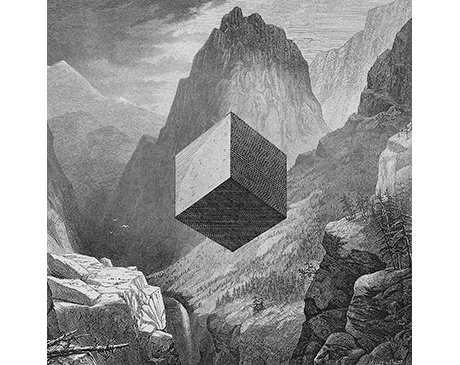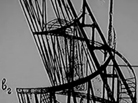Jakub Woynarowski ‘Nigredo’
Nigredo
“I like to think of the process of writing the history of art as a result of a controlled paranoia”, such were the words spoken during an interview by Kuba Woynarowski — a worshipper of Kazimir Malevich's Black Square, an archaeologist of the blogosphere, a big fan of conspiracy theories. His thievish strategy is based on finds-objects that he places in new contexts. While rewriting classical history of art, he does not refrain from a little manipulation, threading a delicate path between truth and lies. He refers to legendary, almost fictitious works, drawing surprising configurations of inter-relations, and relocating centres and peripheries in a spectacular way. Woynarowski shows interest in excess, everything that departs from the norm, phenomena that do not conform to the established canons of knowledge. Drawing inspiration from alchemical symbolism, he has embarked on quest for transmutations in various fields. He is especially fascinated by the nigredo phase, which involves the blending of all the components, their exhaustion and destruction indispensable for creating a new quality. Following its logic, he cuts out and separates fragments of artworks, shaking the viewers out of the rut of thinking about cause and effect, of automatically matching an artwork to a certain time and place.
Woynarowski is especially focused on the interim, the unstable, the suspended between ideas proponent in overlapping epochs. And so the artist immerses in the abysses of the network, to make various discoveries, such as that in the 16th century in Nuremberg perspectival skills reached the peak and began to run wild. Instead of committing themselves to religious scenes and fine portraits, Lorenz Stoer, Wenzel Jamnizer and Hans Lecker indulge in geometrical debauchery. Following the horror vacui rule, they fill sheets of paper with hybrids of Platonian solids to the brim. Similarly to the UFO effect, their shockingly constructivist drawings are ahead of their epoch, laying foundations of the tenements of the 20th century avant-garde. Woynarowski dusts off their figures and pulls a forgotten aesthetic current out of the shadow — this is how, in a nonchalant manner, he uses the remote past to expound the beginnings of modernity with its inherent quest for rhythm and the basic building material of the universe.
As could be expected, the artist does not assume his theory of the new order of history to be verified. As an expert prospector for elite and recondite motives that he is, Woynarowski presents the collection of reproductions and collages that he has amassed in years, allowing it to fall prey to the viewers' imagination. To his sheer delight, it turns out all the component parts combine into a convincing whole, just like in a curio cabinet.
curator: Marta Lisok




